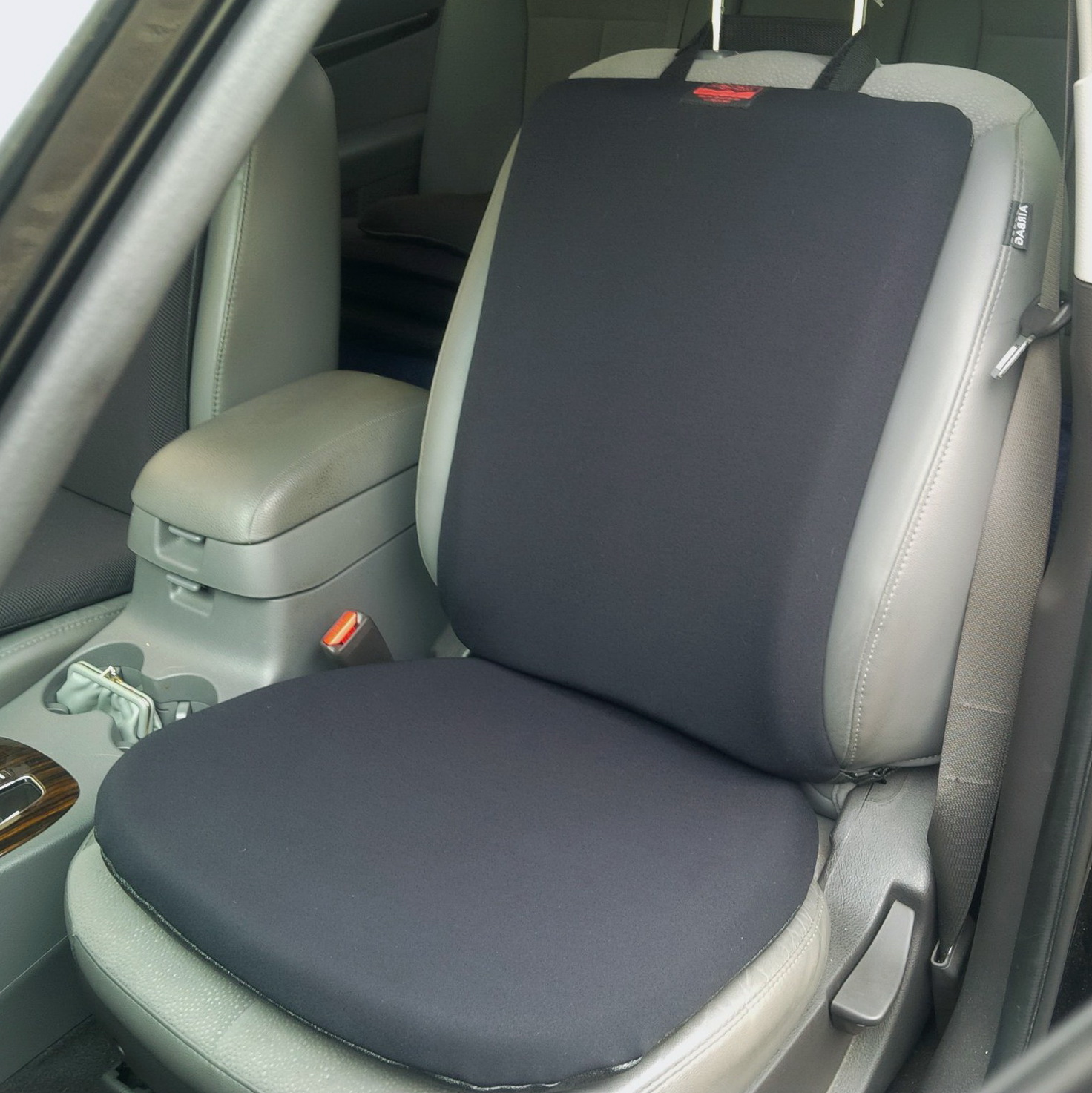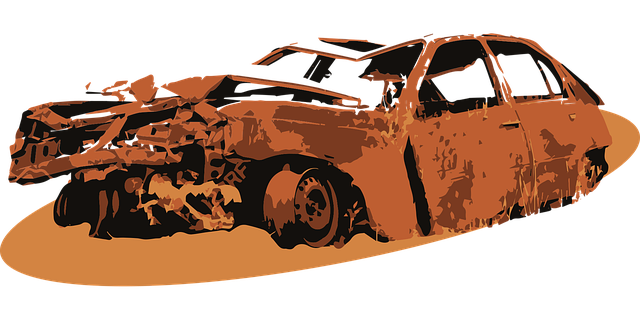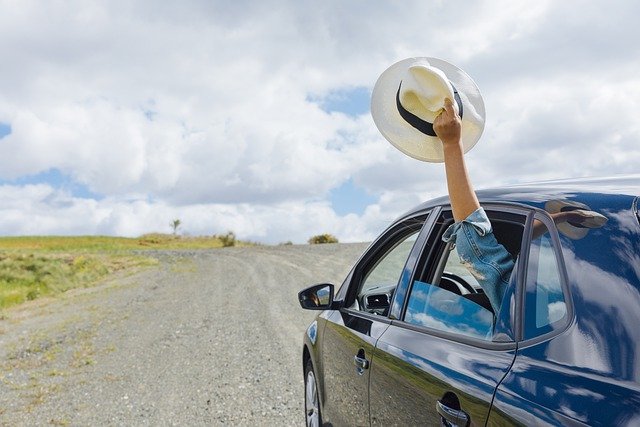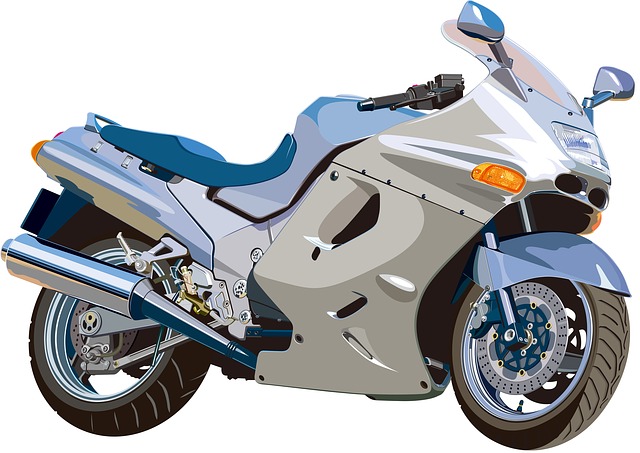Can You Use Damage to the Vehicles to Prove Fault for an Accident Claim?

A person may be driving along the road minding their own business, when suddenly…wham! The unexpected happens, and a car crash has occurred. The victim may feel numb or pumped full of adrenaline. It can be initially hard to comprehend what has just happened, or why. As the minutes pass it may become clearer. Perhaps the other party was not concentrating, or they broke the rules of the road.
When someone else is responsible for such an accident, it is often possible to make a legal claim for compensation. Sadly, not all responsible parties are prepared to admit it was their fault. Fortunately, a number of different things can be used as evidence to support your case. But can car damage be used as proof? Let’s find out now.
Possibly, If It Forms Part Of A Well-Presented Case
Several different factors may need to be combined to fully prove the accident wasn’t your fault. It frequently takes the skill and experience of a professional to successfully win fair compensation. If someone has a car accident they will want it to be fully investigated, and to have their level of harm be correctly assessed. If the case ends up in court, the victim will want a qualified legal advocate to speak on their behalf.
Vehicle accident attorneys know which evidence to collect, and what to claim for. This could include medical expenses, loss of earnings, pain, and suffering, and loss of consortium. Research shows that a person is 3.5 times more likely to receive a fair payout with the help of an attorney than without one.
Possibly, If The Damage Is Indicative
Whilst some damage may be inconclusive, at other times it can be very telling. Supposing a person is driving straight ahead. If someone were to turn left in front of them, they might naturally swerve to avoid the accident. If someone’s left front corner (or left front side) is bashed, this would confirm their story. If the other party’s right front was damaged, this would seem to indicate they had not been concentrating.
Alternatively, think of someone who is hit from behind. The back of the victim’s car will be dented, and the front of the other party’s vehicle will be impacted. Most legal cases will usually conclude that the person behind was responsible, and wasn’t adhering to the traffic laws.
You may accuse another of driving through red lights or a stop sign. If their car hit your broadside, this would seem to confirm the facts.

Possibly, If Photographic Evidence Confirms It
An accident victim should draw the scene of the event, including any road signs and markings. The position of all the cars involved should feature in a before, during, and after diagram to show what happened.
It’s also important to take as many pictures as possible – and from as many different angles as possible. Capture each car, its registration number, and the damage each vehicle sustained. Take photographs of any poorly maintained roads or skid marks. There may be debris on the road as well. What came off and where it landed may become key to the case.
It may be that there was CCTV in operation near the accident site. The recording will need to be requested as soon as possible. If there were any speed cameras nearby they may also contain important data. Also, check whether anyone had a dashboard cam working at the time.
Possibly, With Additional Evidence
If there were witnesses, they may validate the claims as to how the person was driving, and whether they broke any road rules. Perhaps they were using a phone or swerving as they cruised. If there were occupants in the other party’s car they may also give a true statement out of a good conscience.
A doctor may be able to confirm by a person’s injury, which way the other car was driving in order to impact them. A car garage may produce an inventory of the repairs required, and they may also confirm the victim’s story. Added to that are the conclusions of police reports and accident reconstructionists. Other factors may also influence the claim, such as intoxication, speed and acceleration, and weather conditions.
Once the full picture has been considered, there may be a compelling case for driver negligence. The vehicle damage may well feature as part of this. Hopefully, justice will be done and the victim will receive a settlement figure that is fair. They can then be free to live their life once more.





